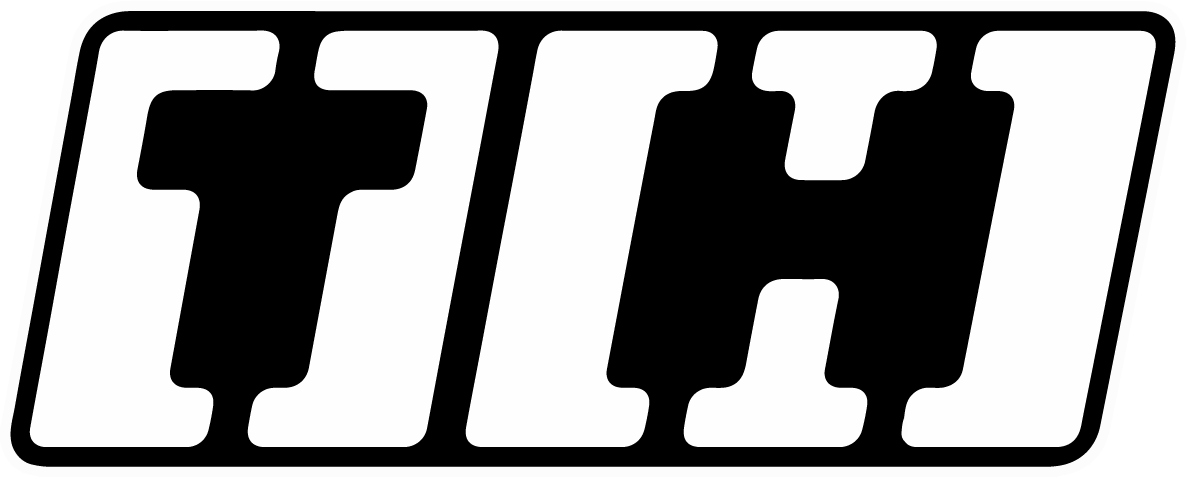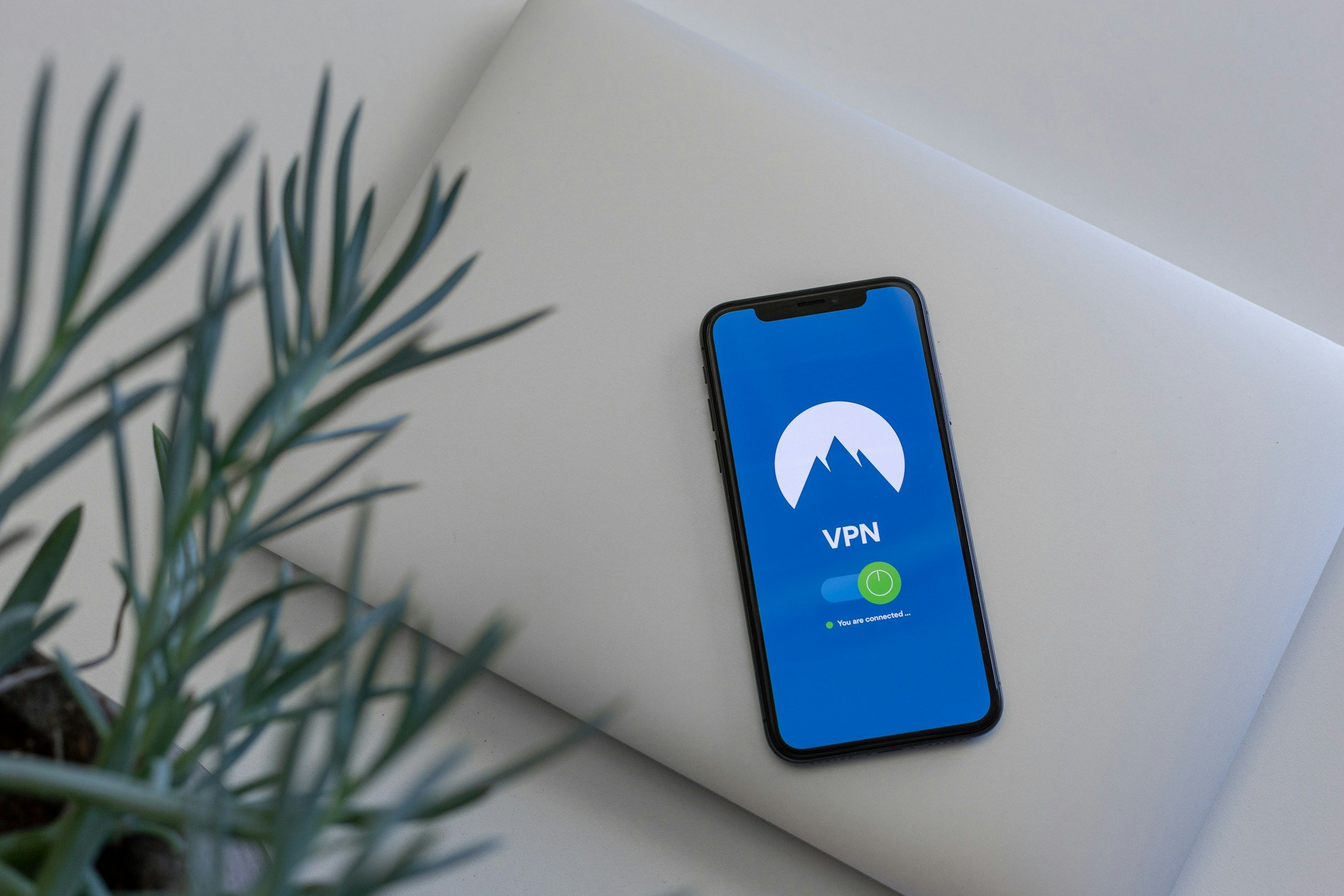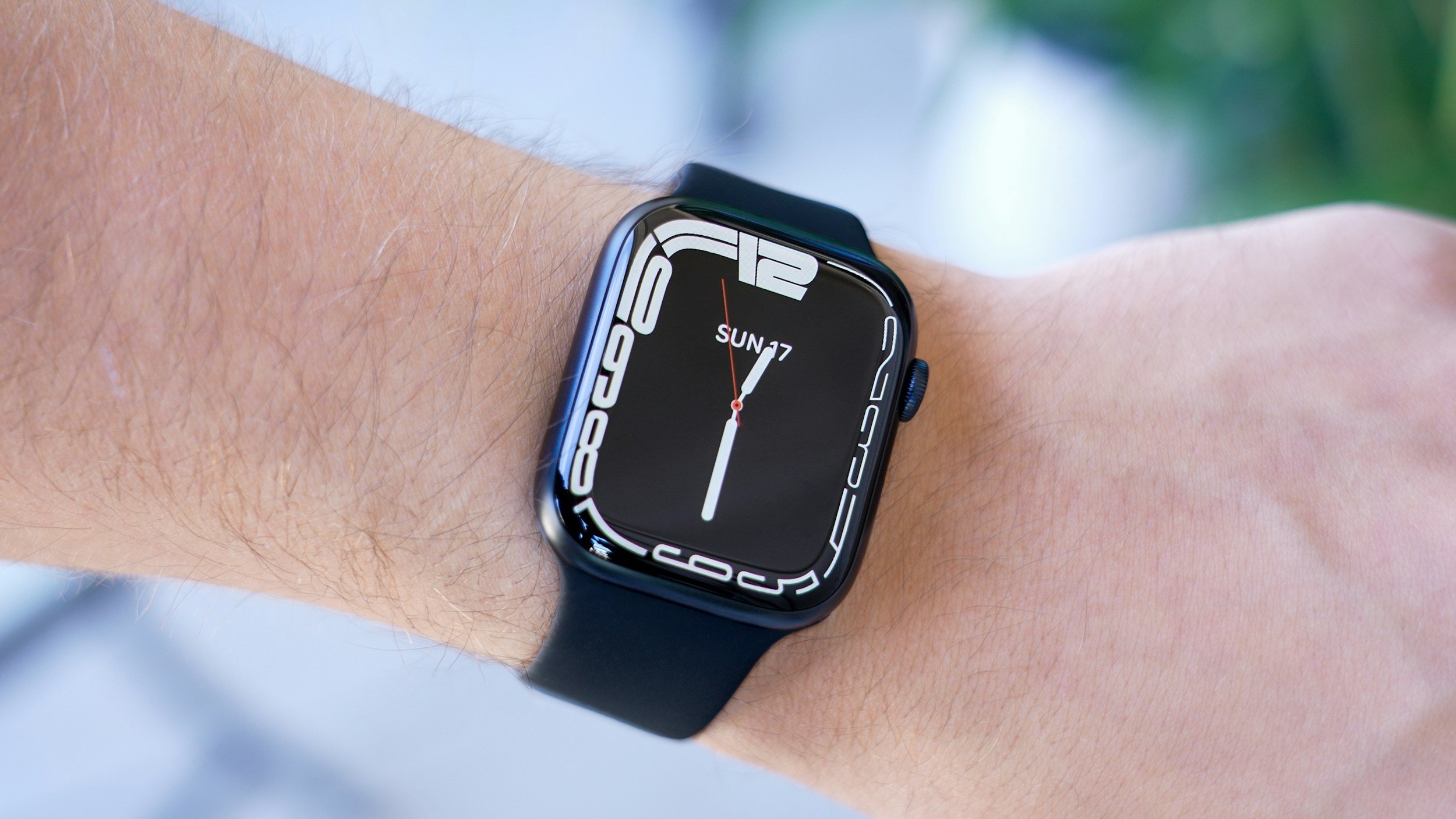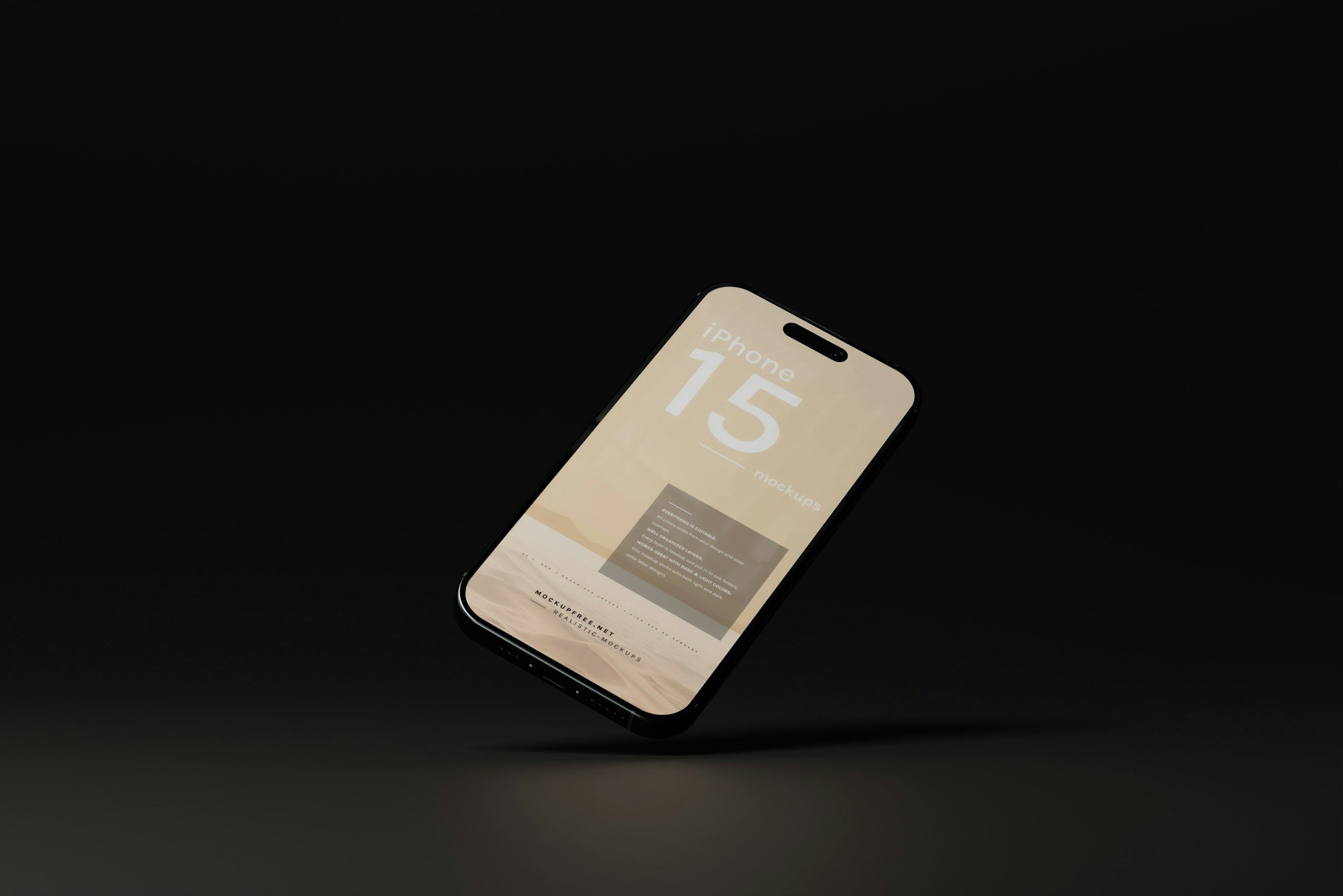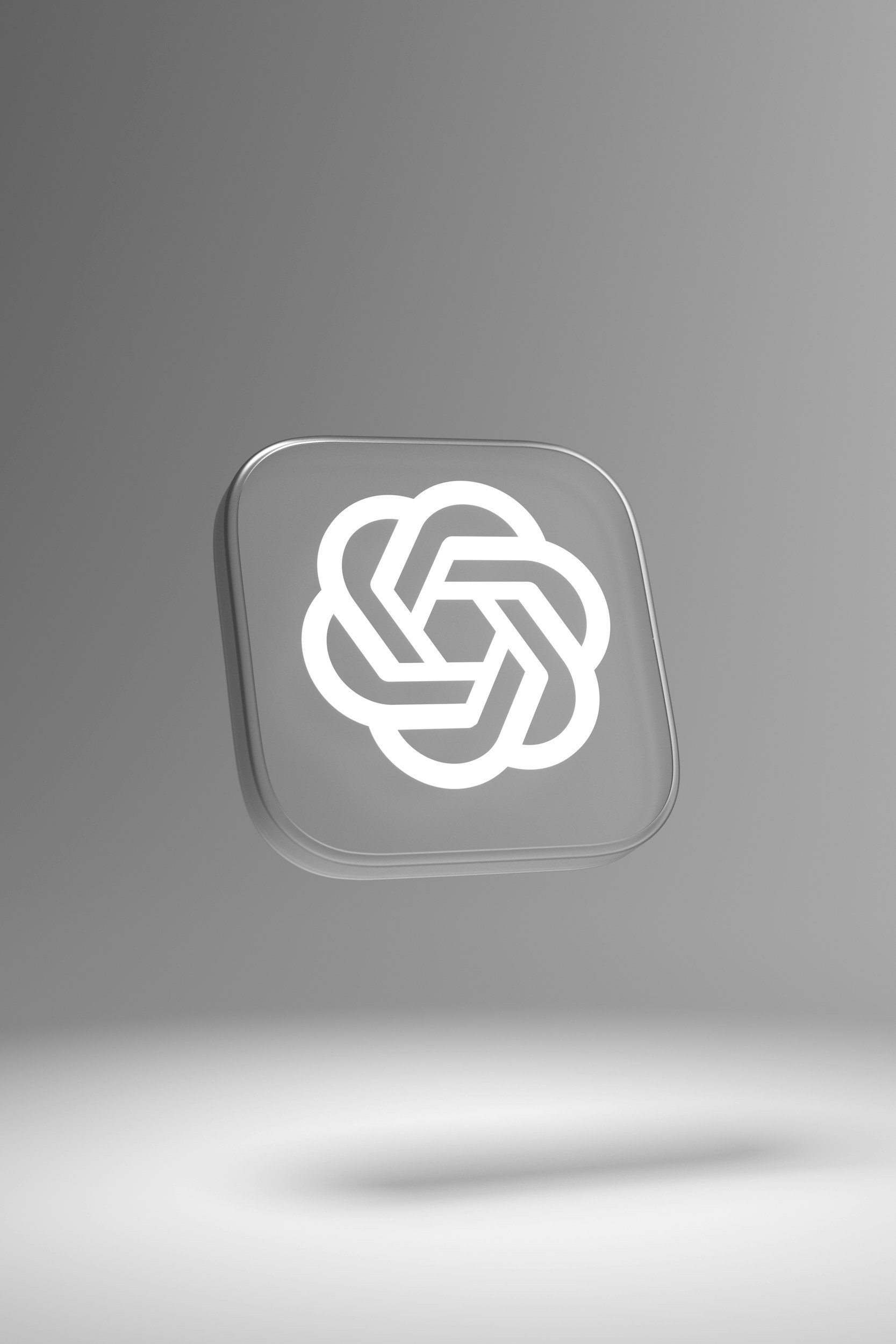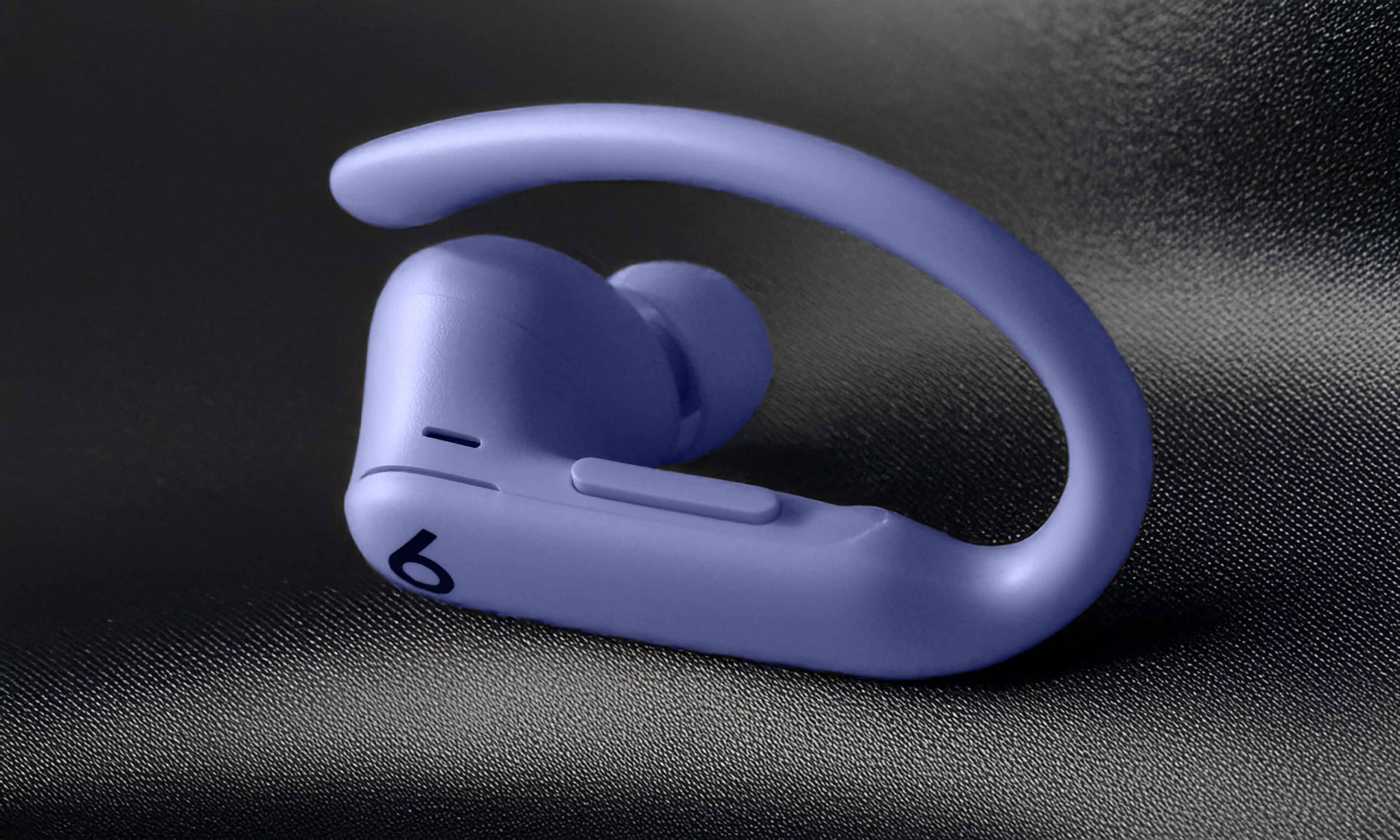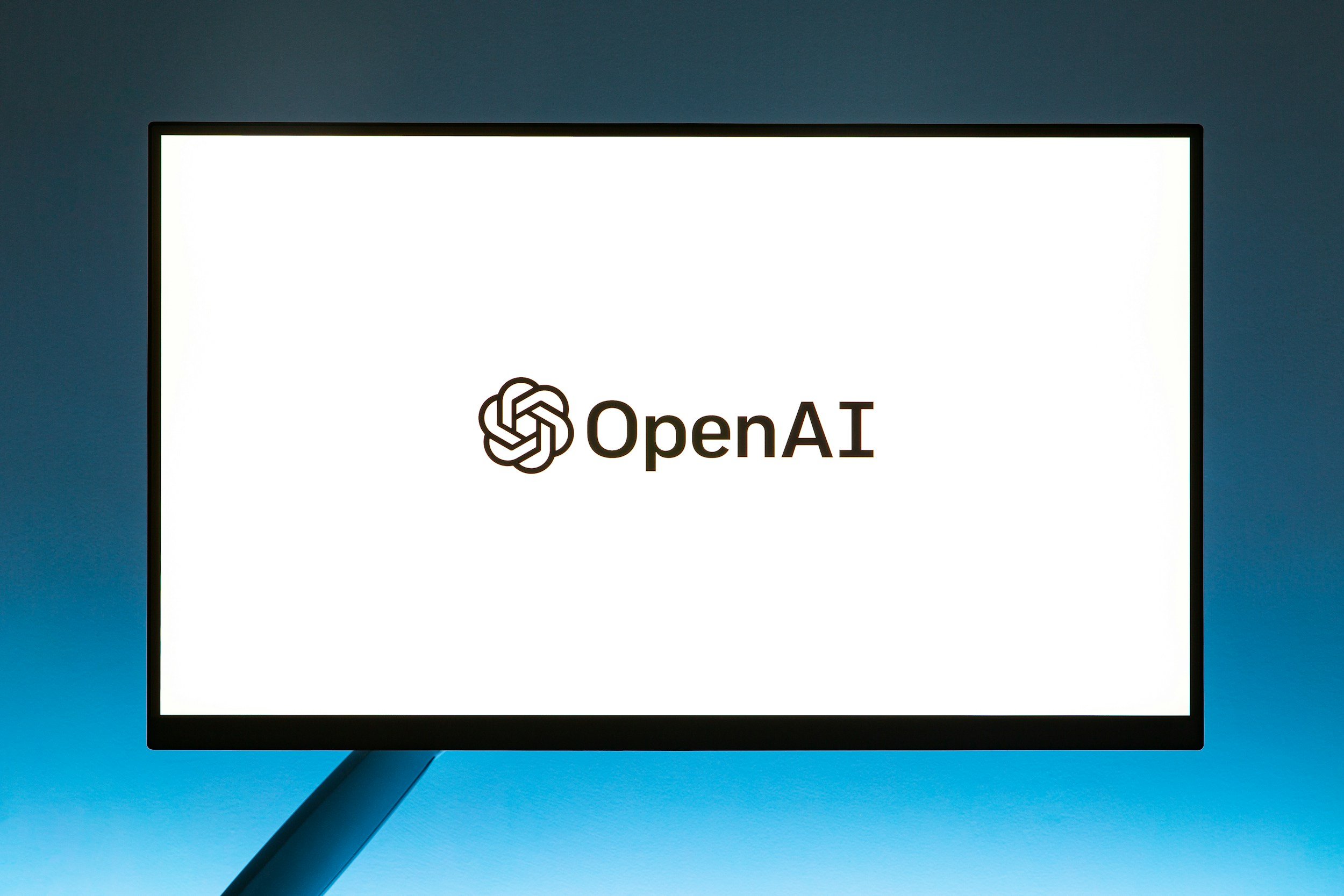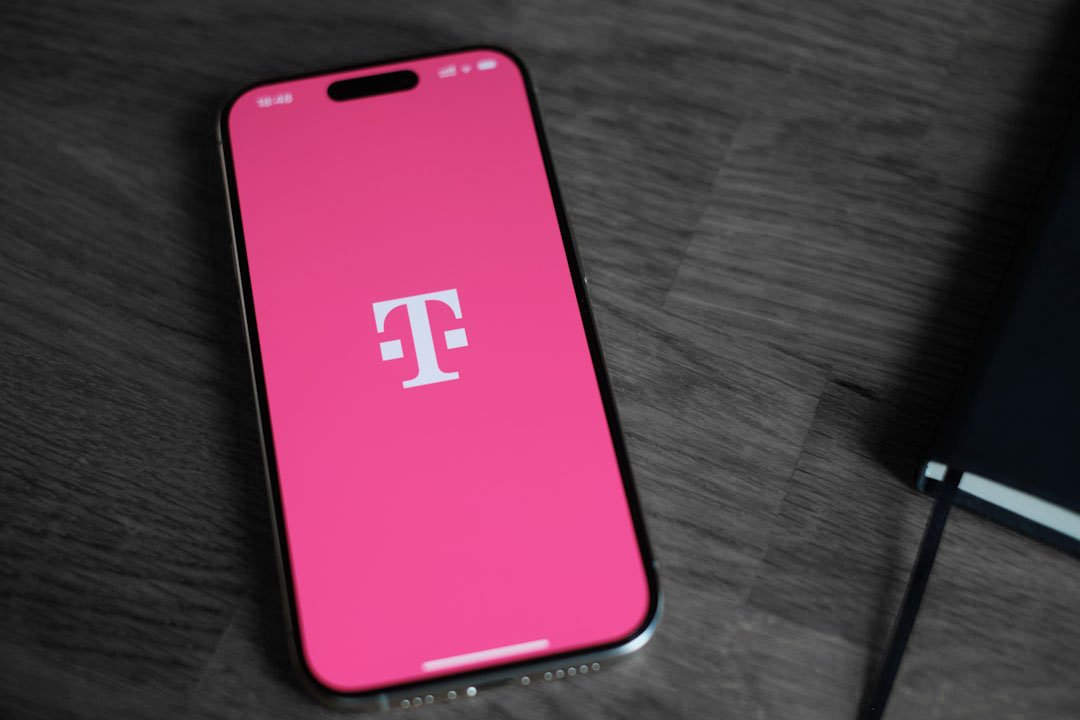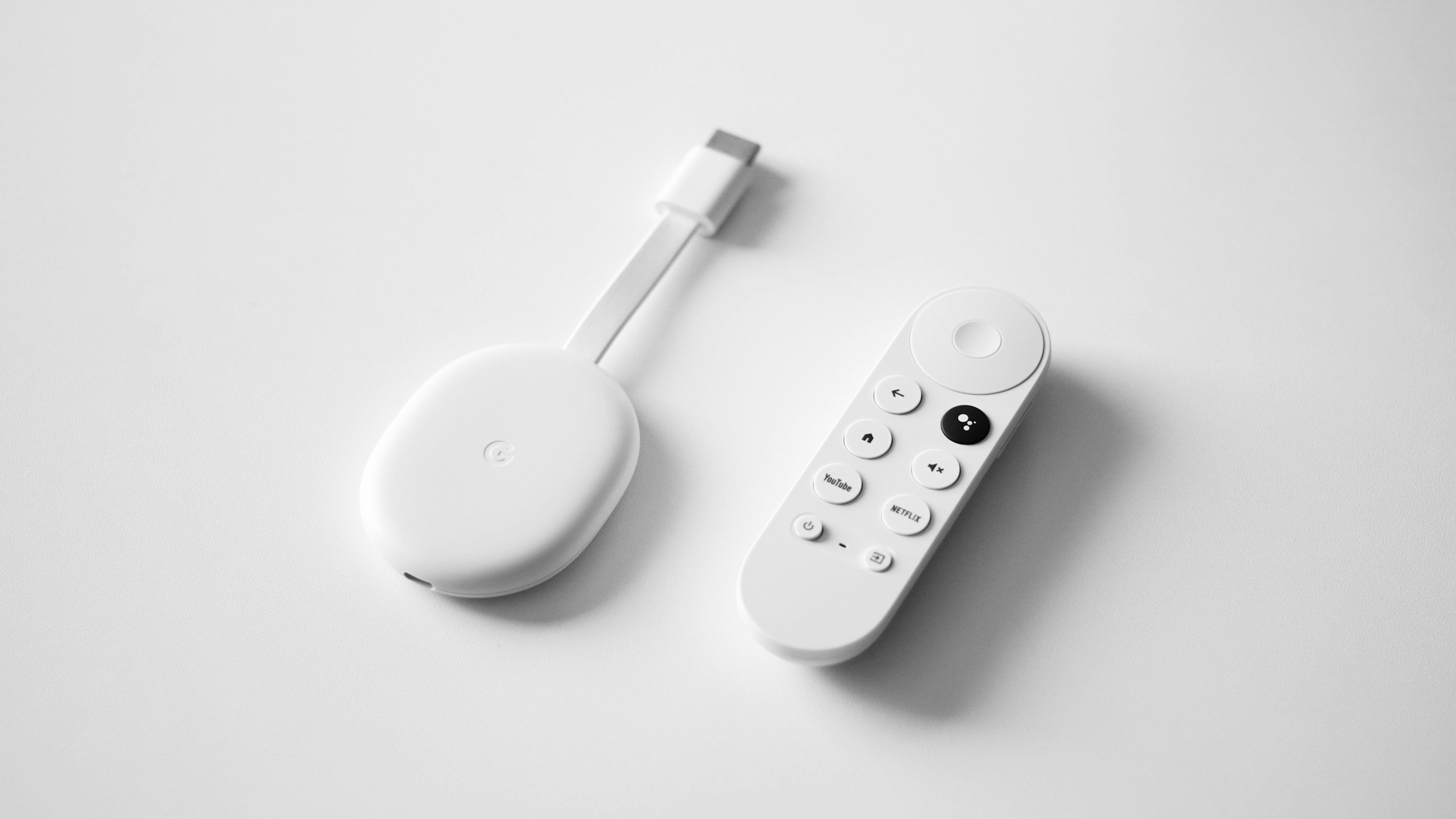How to Clear Your Cache on iPhone
When you purchase through links on my site, I may earn an affiliate commission. Here’s how it works.
Table of Contents Show
Is your iPhone feeling a bit sluggish? Clearing the cache might be the solution!
Thankfully, it's a quick and easy process. Stick with me, and I’ll walk you through the whole process, step by step.
What Is Cache on My iPhone?
If you've used a smartphone for any amount of time, you've probably heard this term thrown around. But let's break it down further so we're all on the same page.
Think of cache as your iPhone's short-term memory. It's like those sticky notes you leave around your desk to remind yourself of something quickly – helpful in the moment, but if you leave too many lying around, things get messy.
Your iPhone uses different types of cache to keep things running smoothly:
App Cache
Every app on your phone stores bits of data – images, login info, frequently accessed files – in its own little cache. This helps the app launch faster and load content quicker the next time you open it.
Browser Cache
When you browse the web on Safari (or any other browser), it stores website data like images, scripts, and cookies. Again, the goal is faster loading times on repeat visits.
System Cache
This is where your iPhone's operating system, iOS, keeps temporary files it needs for various tasks. It's kind of like the behind-the-scenes workspace that keeps things ticking along.
Now, all of this caching is great... in theory. The problem is, cache has a tendency to pile up over time. Remember those sticky notes? Imagine if you never threw any away. Eventually, your desk would be covered, making it harder to find what you actually need.
The same thing happens on your iPhone. As that cache grows, it starts taking up valuable storage space. Your phone might start to feel sluggish, apps could become laggy, and battery life might even take a hit.
By the way, we're not talking about a factory reset here – you're not going to lose any of your personal data. It's more like tidying up a bit, getting rid of the digital clutter that's been slowing you down.
TL;DR: Clearing out the old, unused cache every now and then helps keep your iPhone running at its best.
Up next, we'll dive into the specifics of how to actually clear those different types of cache on your iPhone.
How to Clear App Cache on iPhone
Now, unfortunately, there's no one-button-press-and-it's-all-gone solution here. Each app handles its cache a little differently, so we'll need to tackle them individually.
The most common way to clear an app's cache is through your iPhone's settings. Here's the play-by-play:
Head to Settings
It's that gear icon on your home screen, you know the one.
Tap on 'General'
This is where a lot of the core settings for your iPhone live.
Scroll Down and Tap on 'iPhone Storage'
This is where you'll see a breakdown of how your storage is being used, and importantly, a list of all your apps.
Now, here's where things get a little tricky. Not all apps let you clear their cache directly. But you've got a couple of options:
Offload App
This is like putting an app in storage. It removes the app itself from your phone, freeing up space, but it keeps all the app's data intact. So when you reinstall the app later, you'll pick up right where you left off. Think of it as a temporary eviction.
Delete App
This is the nuclear option. It completely removes the app and all its data. When you reinstall it, it'll be like you're starting from scratch. Use this one with caution!
To actually clear the cache, you'll need to delete or offload the app, then reinstall it from the App Store. When you reinstall, you're essentially getting a fresh copy of the app without any of the old cached data.
Now, a quick pro-tip: Some apps do have built-in options to clear their cache. Usually, you'll find this in the app's settings menu. It's worth poking around to see if your most-used apps offer this feature. It can save you the hassle of reinstalling.
How to Clear Safari Cache on iPhone
If you're anything like me, you probably spend a fair amount of time surfing the web on your iPhone. And all that browsing leaves a trail of data – history, cookies, cached images and files – that can start to clog things up.
Clearing your Safari browser cache is a bit more straightforward than dealing with individual apps. It's like hitting the reset button on your browsing experience. Here's how it's done:
Settings
Once again, we're starting in the Settings app.
Safari
Scroll down until you find the Safari icon and tap on it.
Clear History and Website Data
Keep scrolling in the Safari settings until you see this option. Give it a tap.
Confirm
Your iPhone will double-check that you really want to do this. Tap 'Clear History and Data' to confirm.
And that's it! You've just wiped the slate clean. Your browsing history is gone, cookies are deleted, and all those cached website files are cleared out. It's like you're browsing the web for the first time all over again.
Now, a couple of things to keep in mind:
Websites Might Load a bit Slower at First
Since Safari no longer has those cached files, it'll need to download everything fresh the next time you visit a site. This is temporary, though.
You Might Need to Log In to Websites Again
Clearing cookies often means websites will forget you've been there before. So be prepared to re-enter your login info on some sites.
But on the plus side, you'll have freed up some storage space, and your browsing experience should feel a bit snappier.
How to Clear Chrome Cache on iPhone
Now, let's not forget those of you who prefer Chrome over Safari. Google's browser is a popular choice on iPhones too, and just like its Apple counterpart, it accumulates its fair share of cached data over time.
Clearing Chrome's cache on your iPhone is a straightforward process, but the steps might be slightly different depending on your Chrome version. Here's the general gist:
Open Chrome
Fire up the Chrome app on your iPhone.
Three-Dot Menu
Look for the three dots stacked vertically in the bottom right corner of the screen. Tap on it to open Chrome's menu.
Settings
In the menu, scroll down a bit and tap on "Settings."
Privacy and Security
In the Settings menu, find and tap on the "Privacy and Security" option.
Delete Browsing Data
Under Privacy and Security, you should see an option called "Delete Browsing Data." Tap on it.
Choose Time Range and Data Types
You'll now see a list of different data types you can clear, including browsing history, cookies, site data, and cached images and files.
You can also choose the time range for the data you want to clear (e.g., last hour, last 24 hours, all time).
Again: Delete Browsing Data
Once you've made your selections, tap the blue "Clear Browsing Data" button at the bottom of the screen.
Confirm
Chrome will ask you to confirm your choice. Tap "Clear Browsing Data" again to proceed.
You did it! Your Chrome cache is now cleared. You might need to log back into some websites, and pages might load a bit slower initially as Chrome rebuilds its cache. But overall, your browsing experience should feel a bit snappier and you'll have freed up some valuable storage space.
How to Clear Firefox Cache on iPhone
Let's not leave out the Firefox fans. While it might not be as widely used as Safari or Chrome on iPhones, Firefox still has its loyal following.
And just like any browser, it stores cached data to speed up your browsing experience. But over time, that cache can build up, potentially slowing things down and taking up valuable storage space.
So, if you're a Firefox user and you're looking to give your iPhone a little performance boost, here's how to clear the Firefox cache:
Open Firefox
Launch the Firefox app on your iPhone.
Menu Button
Look for the three lines stacked horizontally in the bottom right corner of the screen. That's the Firefox menu button. Tap on it.
Settings
In the menu that pops up, scroll down and tap on "Settings".
Data Management
In the Settings menu, you'll find a section called "Data Management". Tap on it to access options for clearing various types of data.
Cache
Make sure the toggle switch next to "Cache" is turned on (it should be green). This tells Firefox that you want to include cached data in the clearing process.
Clear Private Data
At the bottom of the Data Management screen, tap the "Clear Private Data" button.
Confirm
Firefox will ask you to confirm your action. Tap "OK" to proceed.
Well, that's it! You've successfully cleared the Firefox cache on your iPhone. You might need to log back into some websites, and pages might load a bit slower at first, but your browsing experience should feel a bit more responsive overall.
How to Clear Instagram Cache on iPhone
Now, let's zero in on a specific app that tends to be a bit of a cache monster: Instagram. If you're an avid scroller, you know Instagram can accumulate a ton of cached data – photos, videos, Stories, you name it. All that stuff can start to weigh your iPhone down over time.
Fortunately, clearing Instagram's cache is pretty straightforward, even if it's not immediately obvious. Here's the breakdown:
Offload the App
Remember that 'Offload App' trick we talked about earlier? That's the key here. Head back to
Settings > General > iPhone Storage, find Instagram in the list, and tap on it.Offload Instagram
You'll see the option to 'Offload App'. Tap it, and your iPhone will remove the Instagram app itself, but it'll keep all your account data and settings safe and sound.
Reinstall Instagram
Head to the App Store, search for Instagram, and reinstall it. This fresh install will be cache-free, giving you a clean slate.
Now, a couple of important notes:
This Won't Delete Your Photos or Posts
Offloading the app only removes the app itself and its temporary cached data. Your profile, followers, and all your precious content will still be there when you reinstall.
You Might Need to Log In Again
Since the app is essentially brand new, you'll probably have to re-enter your Instagram login credentials.
This method is the most effective way to truly clear out Instagram's cache. Some folks might suggest clearing Safari's cache if you use Instagram in your browser, but that won't touch the app's own cache.
If you're feeling your iPhone getting bogged down by Instagram, give this a try. It's a quick and easy way to free up some space and potentially improve the app's performance.
How to Clear Facebook Cache on iPhone
If you're a regular Facebook user, you've probably noticed that the app can get pretty bloated over time. That's because it stores a ton of cached data - photos, videos, posts, and other bits and pieces that it thinks you might want to access quickly.
Now, just like with Instagram, there's no magic "clear cache" button within the Facebook app itself. But don't worry, I've got a workaround. It involves a bit of settings spelunking and a little app offloading, but it's totally doable. Here's the game plan:
Settings Safari
Fire up the Settings app on your iPhone and scroll down until you find Safari. Tap on it to open the Safari settings.
Advanced
Scroll down further within the Safari settings until you see the "Advanced" option. Tap on it to reveal more settings.
Website Data
In the Advanced section, you'll find an option called "Website Data." Tap on it to see a list of websites that have stored data on your iPhone.
Find Facebook
Scroll through the list or use the search bar at the top to find "facebook.com."
Swipe to Delete
Once you've located facebook.com, swipe left on it and tap the red "Delete" button. This will remove all the website data associated with Facebook, including cached data.
Offload Facebook App
Now, head back to the main Settings screen and go to
General > iPhone Storage. Find the Facebook app in the list and tap on it.Offload App
You'll see the option to "Offload App." Tap it to remove the Facebook app from your iPhone while keeping your account data and settings intact.
Reinstall Facebook
Go to the App Store, search for Facebook, and reinstall it. This will give you a fresh copy of the app without any of the old cached data.
A couple of things to note:
This Might Log You Out of Facebook
Clearing the website data and offloading the app might sign you out of Facebook. Be prepared to re-enter your login credentials when you reinstall the app.
This Won't Delete Your Facebook Posts or Profile
Just like with Instagram, this process only removes the app and its temporary cached data. Your Facebook profile, friends, and all your posts will still be there when you log back in.
How to Clear YouTube Cache on iPhone
Let's talk about another app that's notorious for building up a hefty cache: YouTube. If you're a binge-watcher, you know the drill.
Hours of videos, endless scrolling through recommendations, and before you know it, YouTube's cache is hogging gigabytes of your precious iPhone storage.
To actually clear the cache, you'll need to go back to the main Settings screen on your iPhone and follow these steps:
General
Tap on "General" in your iPhone's Settings.
iPhone Storage
Scroll down and tap on "iPhone Storage."
YouTube
Find YouTube in the list of apps and tap on it.
Offload App
You'll see the option to "Offload App." Tap it. This will remove the YouTube app itself but keep your account data and settings.
Reinstall YouTube
Head back to the App Store, search for YouTube, and reinstall it.
That’s it! This fresh install will be cache-free, giving you back that storage space.
How to Clear System Cache on iPhone (Advanced)
Now, we're venturing into slightly more advanced territory: system cache. This is where your iPhone stores temporary files that iOS itself needs to operate. Think of it as the behind-the-scenes workspace for your phone's operating system.
Generally speaking, you shouldn't need to mess with the system cache. iOS is pretty good at managing it on its own. But if you're experiencing some really weird issues, or if you're absolutely desperate to squeeze out every last bit of storage space, you could try clearing it.
The safest way to clear some system cache is simply to restart your iPhone. Yeah, it sounds basic, but a good old-fashioned reboot can often do the trick. It forces your phone to clear out some of those temporary files and start fresh.
If you're feeling a little more adventurous, there are also third-party apps that claim to clear system cache. But tread carefully here. These apps can sometimes do more harm than good. You could end up deleting important files, or even making your phone unstable.
So, my advice? Unless you're really having problems, leave the system cache alone. Focus on clearing app cache and browser cache, and you'll be in good shape. The goal should be to improve your iPhone's performance, not risk bricking it!
How Often Should I Clear My Cache on iPhone?
Okay, so now that you know how to clear the cache on your iPhone, the next logical question is: how often should you actually do it?
Well, there's no one-size-fits-all answer here. It really depends on how you use your phone, which apps you use the most, and how much storage space you have. But here's a general rule of thumb:
Regular Maintenance
I'd recommend clearing your app and browser cache at least once a month, just to keep things tidy.
It's a quick and easy way to prevent any potential slowdowns or storage issues.
Performance Issues
If you start noticing that your iPhone is feeling sluggish, apps are taking longer to load, or you're getting random glitches, that's a good sign it's time for a cache clearing session.
Low Storage
If you're constantly getting those annoying "Storage Almost Full" notifications, clearing cache can be a lifesaver.
It's a quick way to free up some space without having to delete photos, videos, or apps.
Heavy App Users
If you're a power user of certain apps, especially social media apps like Instagram or Facebook, or apps that stream a lot of media, you might want to clear their cache more frequently. These apps tend to accumulate a lot of data quickly.
Privacy Concerns
If you're worried about your privacy and the data that websites store about you, clearing your browser cache regularly is a good idea.
It'll delete cookies and other tracking data, giving you a bit more peace of mind.
Final Thoughts
We've covered a lot of ground here. The takeaway? Cache is a double-edged sword. It's designed to make your iPhone experience faster and smoother, but if left unchecked, it can become a digital hoarder, slowing things down and eating up precious storage.
The good news is, clearing cache is like a mini-spring cleaning for your phone. It's a simple, yet effective way to boost performance, free up space, and even fix some pesky app glitches.
And as we've seen, it's not rocket science. With a few taps and swipes, you can declutter your digital life and get your iPhone feeling fresh again.
So, if your iPhone's been feeling a little sluggish, or if you're constantly running out of storage, don't hesitate to give these cache-clearing methods a try. I think you'll be surprised at the difference it can make.
Now, I want to hear from you. Have you ever cleared your iPhone's cache before? What kind of results did you see? Do you have any other tips or tricks for keeping your iPhone running at its best? Drop a comment below and let me know!
And if you're hungry for more tech tips and tricks, make sure to subscribe to my newsletter. I'm always sharing the latest tech news, reviews, and how-to guides to help you get the most out of your gadgets.
Until next time, and thanks a lot for reading! :)
FAQ
-
No, clearing cache only removes temporary files stored by apps and websites. Your personal data, like photos, videos, contacts, and messages, will remain safe.
-
It's a good idea to clear cache every few weeks, or more frequently if you're experiencing performance issues or low storage space.
-
While clearing cache can improve performance and resolve some app glitches, it's not a solution for all issues. If you're still experiencing problems, consider updating your iOS, restarting your iPhone, or contacting Apple Support.
-
Generally, it's best to avoid third-party apps for clearing system cache. They can potentially delete important files or cause instability. Stick to restarting your iPhone for a safe way to clear some system cache.
-
Not all apps support offloading. In that case, you can try deleting the app and reinstalling it from the App Store to clear its cache.
-
Yes, clearing Safari's cache will also delete saved passwords and other website data. Make sure you have your passwords backed up or stored in a password manager before clearing Safari's cache.
MOST POPULAR
LATEST ARTICLES
